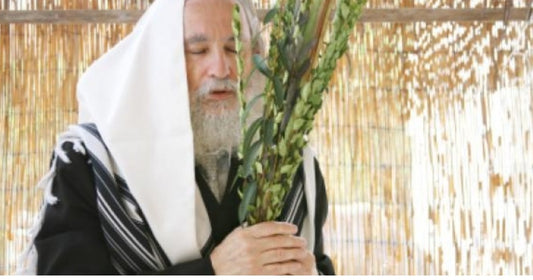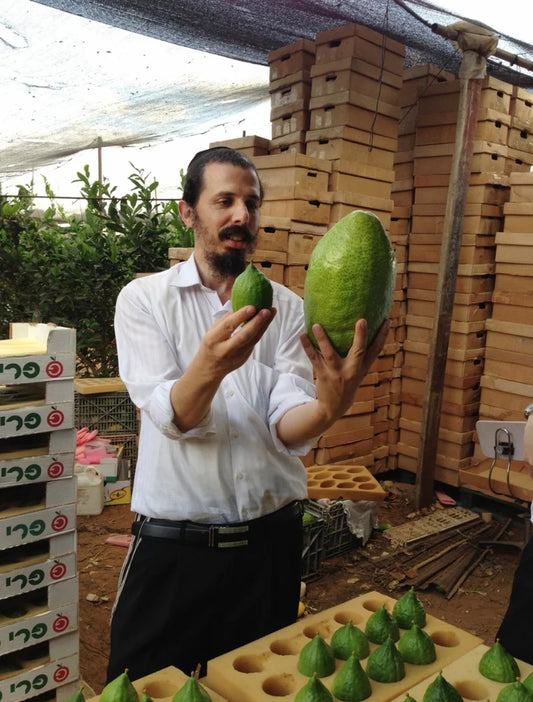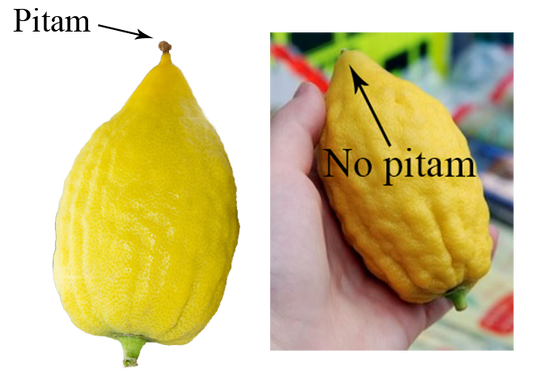Question and Answers

Mystical meaning behinde the four species
Sukkot is a joyous festival that celebrates the harvest and commemorates G-d protection of the Israelites during the 40 years that they spent wandering in the desert after leaving Egypt....
Mystical meaning behinde the four species
Sukkot is a joyous festival that celebrates the harvest and commemorates G-d protection of the Israelites during the 40 years that they spent wandering in the desert after leaving Egypt....

Order Your Etrog Early: Why You Should Plan Ahe...
Sukkot, the Jewish festival of booths, is a time of celebration and joy. It's a time to gather together with friends and family, and to give thanks for the blessings...
Order Your Etrog Early: Why You Should Plan Ahe...
Sukkot, the Jewish festival of booths, is a time of celebration and joy. It's a time to gather together with friends and family, and to give thanks for the blessings...
The Tradition of Using an Etrog from Calabria, ...
Sukkot is a joyous holiday that celebrates the harvest season and the bounty of the earth. One of the most important symbols of Sukkot is the etrog, a citrus fruit...
The Tradition of Using an Etrog from Calabria, ...
Sukkot is a joyous holiday that celebrates the harvest season and the bounty of the earth. One of the most important symbols of Sukkot is the etrog, a citrus fruit...

Is an Etrog without a Pitam Kosher?
This is a question we get every now and then. Typically, a customer will contact us asking if his Etrog is still Kosher after the Pitam on his Etrog has...
Is an Etrog without a Pitam Kosher?
This is a question we get every now and then. Typically, a customer will contact us asking if his Etrog is still Kosher after the Pitam on his Etrog has...
